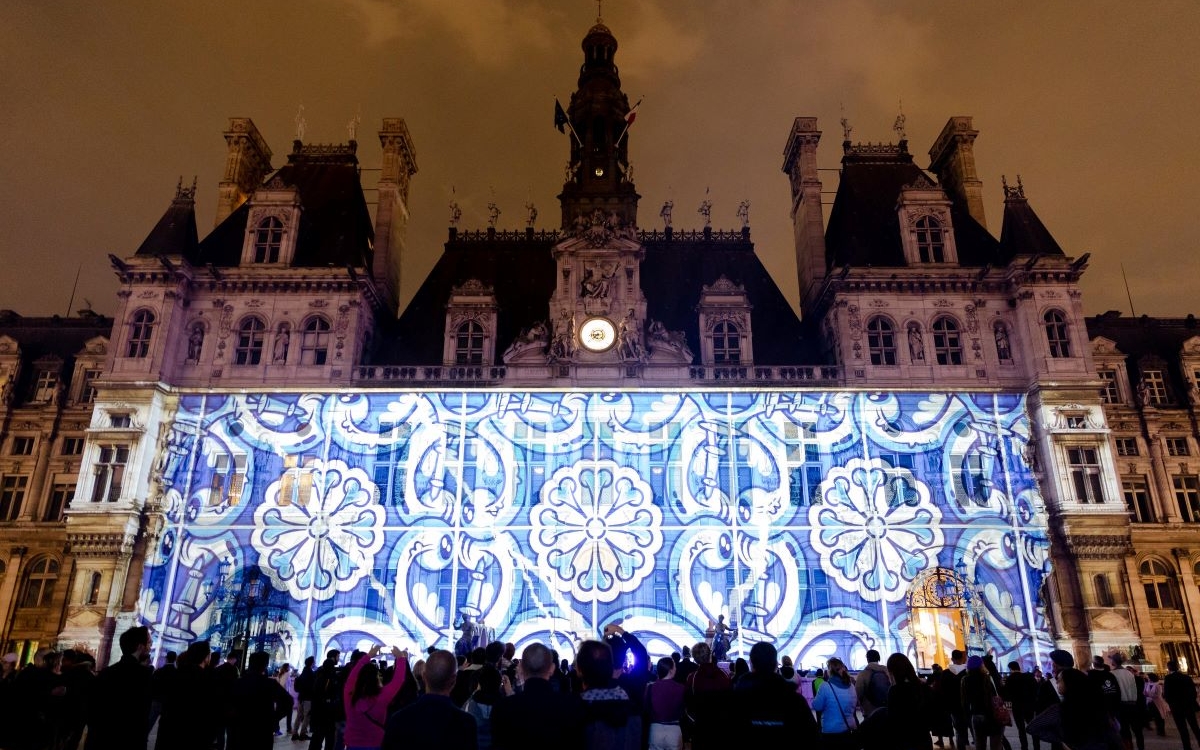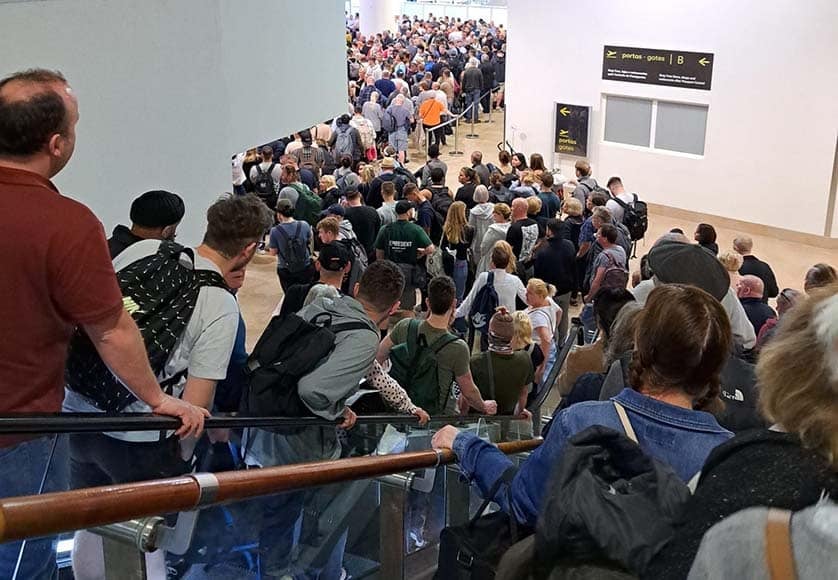
For a very long time, the Portuguese had been coming to the capital for a variety of reasons: court spies during the Period of Discoveries (sea explorations between the 15th century).H And the sixteenthH centuries), spice merchants, intellectuals and scholars trained in foreign cultures ( eccentric) Come and discover the symbol of openness to the world and “civilisation”.
In the 18th centuryH In the 20th century, a minority also arrived there for religious reasons – and the city traces this through Portuguese Jewish Cemetery (19H). In the 19th centuryH And the twentyH For centuries, it has attracted writers, painters and filmmakers. But during the great waves of immigration of the Glorious Thirty Years, Paris saw the arrival of thousands of Portuguese fleeing poverty, dictatorship and colonial wars.
Today, Paris is considered the third Portuguese city in the world after Lisbon and Porto.
completely. From 1957 to 1974 – the history of the Carnation Revolution – hundreds of thousands of Portuguese men and women arrived in Austerlitz by the evening Sud Express, coming from Lisbon and Porto via Hendaye – the railway line was unfortunately canceled in 2020. It was a train full of life and solidarity Who left his mark. The Portuguese arrived completely disoriented in the capital, without resources and without speaking the language, taking advantage of the mutual assistance of their countrymen or, on the contrary, at the mercy of all opportunism.
The Parisian association that focuses animation and archival work around this migration, RAM/Live Memory, is organized around a memory clustering project specifically called “Sud Express”. And the musician José Mario Branco, exiled in Paris and producer of the revolutionary anthem “Grandola, Villa Morena”registered in the Paris region in 1971, was also allocated a Music piece at Austerlitz stationIncluding an audio recording of the atmosphere that prevailed there.
Fifty years after the Carnation Revolution – on April 25, 1974, a coup that led to the fall of the Salazar dictatorship, which had dominated Portugal since 1933 – the city of Paris decided to unveil a plaque in honor of Portuguese immigrants at this station that represents the place of all hopes, a new and free life. .
It is a very active community and highly organized in a trade union and sporting environment with football, folk dancing or traditional music clubs established in the street. These associations, which are also fundamental to the teaching of the Portuguese language, participate in the diversity of the dynamics of their neighbourhoods, sometimes in conjunction with twin committees and unions. They organize celebrations like São Martinho (Chestnut Festival) every November 11th.
In terms of gastronomy, many Parisian markets have Portuguese stalls serving cod and olive oil tarts, pastries and Easter cakes. bolo-rei
Christmas, pastes de nata, dried fruits….
We also think of their central role in the renovation and maintenance of Parisian buildings, but also of the humanistic construction of neighborhood relations, presented in the successful comedy Golden Cageabout the famous concierge.
Joe Dassin's song “Le Portugais” evokes the working-class memory of this population.
Parisian heritage fascinates you?






